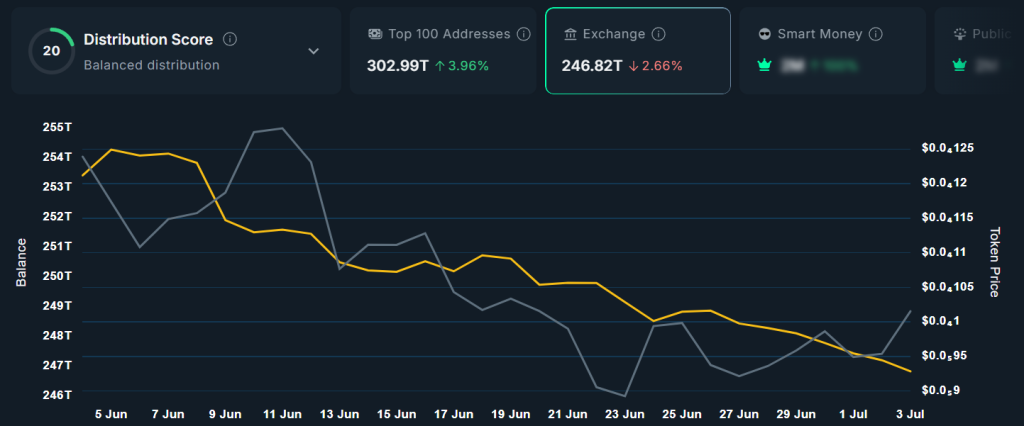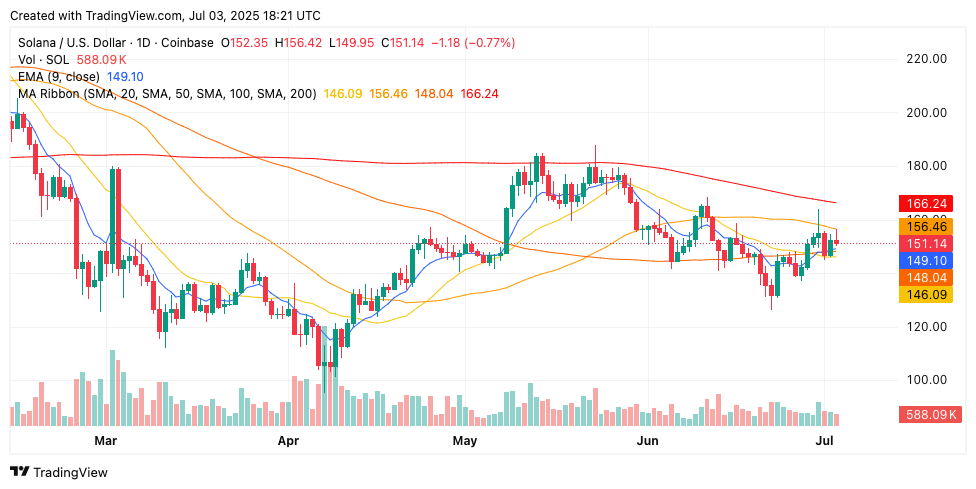Erectile dysfunction is not just a problem for couples. It’s also a problem for employers, costing billions of dollars in lost productivity as male employees struggle with related physical and mental wellbeing challenges, recent studies show.
According to a Journal of Occupational and Environmental Medicine report, men with ED in the U.S. lose more than seven weeks, or 280 hours, of work productivity each year compared to men without it. This is due to time off for medical appointments and to tend to mental health challenges, as well as concentration problems while at work.
“We recognize ED is associated with a variety of impacts on quality of life and a sense of wellbeing, depression, relationship difficulties and all those kinds of things. But in addition to that, work productivity can be impaired,” says Arthur Burnett, professor of urology at Johns Hopkins School of Medicine and co-author of the report.
Yet, while most U.S. employer-sponsored health insurance plans offer coverage for medications to support men experiencing mild to moderate ED, those experiencing severe symptoms often encounter difficulty accessing more advanced treatments if their employer self-funds their health insurance plan. Experts say this can lead to long-term consequences for employees and employers, including a financial hit. According to the Journal of Occupational and Environmental Medicine report, productivity losses from untreated ED cases cost U.S. employers upwards of $9.3 billion annually.
Erectile dysfunction affects a large segment of the male population across the globe—37.2% to 48.6% of all men age 18 or older, according to the report. While male impotence can occur at virtually any point in postpubescent life, it tends to worsen with age. Roughly 50% of men in their 50s have experienced mild to moderate ED, along with 60% of men in their 60s, according to a University of Wisconsin School of Medicine and Public Health report. As a result, ED often affects men at the height of their careers when they are most valuable to their employers.
In addition, men suffering from obesity and those who smoke tobacco, drink alcohol excessively or do not exercise are more likely to have ED, exacerbating an existing risk for lost work productivity, according to an International Journal of Clinical Practice report. The study found that, over seven days, men with ED reported significantly higher absenteeism—7.1% vs 3.2% for men without the condition—and work productivity impairment: 24.8% vs 11.2%.
These productivity losses can have considerable financial impacts on employers, says Samir Bhattacharyya, vice president of global value marketing for Boston Scientific’s Health Economics & Market Access. He adds a healthy and engaged workforce correlates with better company financial performance.
“Workers’ health, productivity and retention are increasingly important for employers to maintain a competitive advantage in the marketplace,” Bhattacharyya says.
Where insurance falls short
Although erectile dysfunction is widespread, severe or clinical cases—when a patient experiences it during virtually every sexual encounter—affect a smaller population of about 20% of men, says Burnett. These are the men who typically need the most support from medical insurance for advanced treatments. However, according to the Employee Benefit Research Institute, self-funded insurance plans- which comprise the majority of employer-sponsored health plans—rarely cover such treatments.
Instead, these plans lean heavily on pharmaceutical solutions as treatment options. For instance, 85% of such plans cover erectile dysfunction drugs like Viagra but not such treatments as wearable devices and penile implants.
Self-funded employers may shy away from covering ED devices and implants because of the high cost, Burnett says. An inflatable penile prosthesis, for example, can cost thousands, according to a report in the National Library of Medicine, compared with $1 to $3 per pill for generic versions of Viagra, according to Seth Friedman, pharmacy and health plan services practice leader at Gallagher.
In addition to cost concerns, Burnett says, employers might make coverage decisions based on an incomplete understanding of ED’s impact on employees.
“Employers potentially do not sense it’s a matter that would impair work productivity or see that it is a true health issue,” he says. “I think perhaps there is this perception that ED is not anything more than just a quality-of-life issue.”

Bhattacharyya says employers’ self-funded healthcare plans often carry specific medical benefit exclusion language within the summary of plan benefits for ED treatment options. A recent study, for example, found that 34% of ED patients were denied an implantable penile prosthesis for this reason, he notes.
“It appears there is a lack of awareness regarding penile prosthesis benefit exclusions among employee benefit managers,” Bhattacharyya says. “In addition, there is a general lack of knowledge around the impact ED has on work productivity and mental health.”
Employers must understand the importance of ensuring that all types of ED treatments are accessible to employees, he says. He also warns that policy exclusions for ED in only self-funded employer health plans may create confusion and frustration for healthcare providers, Bhattacharyya says.
“These inconsistencies can make it difficult for healthcare providers to implement ED treatment guidelines and provide medically necessary treatment for patients with ED,” he adds.
How to support employees with ED
Beyond drug coverage, experts say that employer-sponsored healthcare plans need to address ED more comprehensively.
“There are a range of options of how an employer may want to construct their insurance plan that covers different forms of treatment,” Burnett says.
Employers also can provide educational resources from organizations such as the Urology Care Foundation and the American Urological Association. HR leaders can encourage the formation of an ERG for men suffering from erectile dysfunction, as well as point employees to support groups, such as those offered by FrankTalk.org or Drugs.com’s Erectile Dysfunction Support Group.
HR should also review the messaging regarding ED benefits. While ED prevalence among men insured by employer-sponsored health plans has notably increased over the years, approximately 75% of these men have no claims for treatment, Bhattacharyya says.
“[This suggests] there is an opportunity for large employers that already offer this benefit,” he says, “to focus on increasing awareness among their employees.”
Credit: Source link










